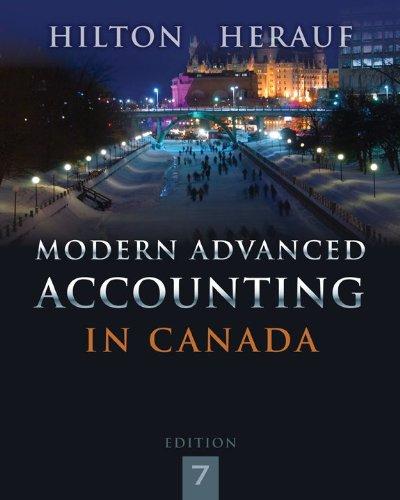Question
Question 1.1. (TCO 4) The financial statements of a merchandising company will show (Points : 3) the same accounts as the financial statements of a
Question 1.1. (TCO 4) The financial statements of a merchandising company will show (Points : 3)
the same accounts as the financial statements of a service company.
gross profit after net income on the income statement.
inventory as a current asset on the balance sheet.
cost of goods sold as an operating expense on the income statement.
Question 2.2. (TCO 4) Two accounts that would appear on the financial statements of a merchandising company that are not needed by a service company are (Points : 3)
cost of goods sold and depreciation.
cost of goods sold and net income.
cost of goods sold and inventory.
inventory and depreciation.
Question 3.3. (TCO 4) A periodic inventory system (Points : 3)
is used for inexpensive goods.
is not expensive to maintain.
does not keep a running record of inventory on hand.
is all of the above.
Question 4.4. (TCO 4) The cost of inventory is the (Points : 3)
purchase price.
sum of all the costs incurred to bring the inventory to its intended use.
sum of all the costs incurred to bring the inventory to its intended use, plus any discounts and allowances.
sum of all the costs incurred to bring the inventory to its intended use, less any discounts and allowances.
Question 5.5. (TCO 4) The specific-unit-cost method (Points : 3)
will produce the highest net income.
is also known as the specific identification method.
will produce the same ending inventory as the average cost method.
is also known as the cost-of-goods sold model.
Question 6.6. (TCO 4) To determine the average cost per unit (Points : 3)
the beginning inventory is divided by the number of units available.
the cost of goods available is divided by the number of units sold.
the purchases for the period are divided by the number of units available.
the cost of goods available is divided by the number of units available.
Question 7.7. (TCO 4) When inventory prices are falling, the LIFO costing method will generally result in (Points : 3)
a lower gross profit than under FIFO.
a higher gross profit than under FIFO.
a lower inventory value than under FIFO.
the same inventory value as FIFO.
Question 8.8. (TCO 4) The disclosure principle requires that management prepare financial reports that disclose all of the following types of information except (Points : 3)
information that is relevant to decision making.
forecasts of expected future earnings to help investors decide whether to invest in the company.
the method of inventory used.
information that facilitates comparison with other companies' financial reports.
Question 9.9. (TCO 4) When applying the lower-of-cost-or-market rule, market value generally refers to (Points : 3)
FIFO cost using the periodic method.
LIFO cost using the periodic method.
current sales price of the inventory.
current replacement cost of the inventory.
Question 10.10. (TCO 4) The gross profit rate is calculated as (Points : 3)
cost of goods sold divided by net sales revenue.
net sales revenue minus gross profit on sales.
net sales revenue minus cost of goods sold.
gross profit divided by net sales revenue
Step by Step Solution
There are 3 Steps involved in it
Step: 1

Get Instant Access with AI-Powered Solutions
See step-by-step solutions with expert insights and AI powered tools for academic success
Step: 2

Step: 3

Ace Your Homework with AI
Get the answers you need in no time with our AI-driven, step-by-step assistance
Get Started



